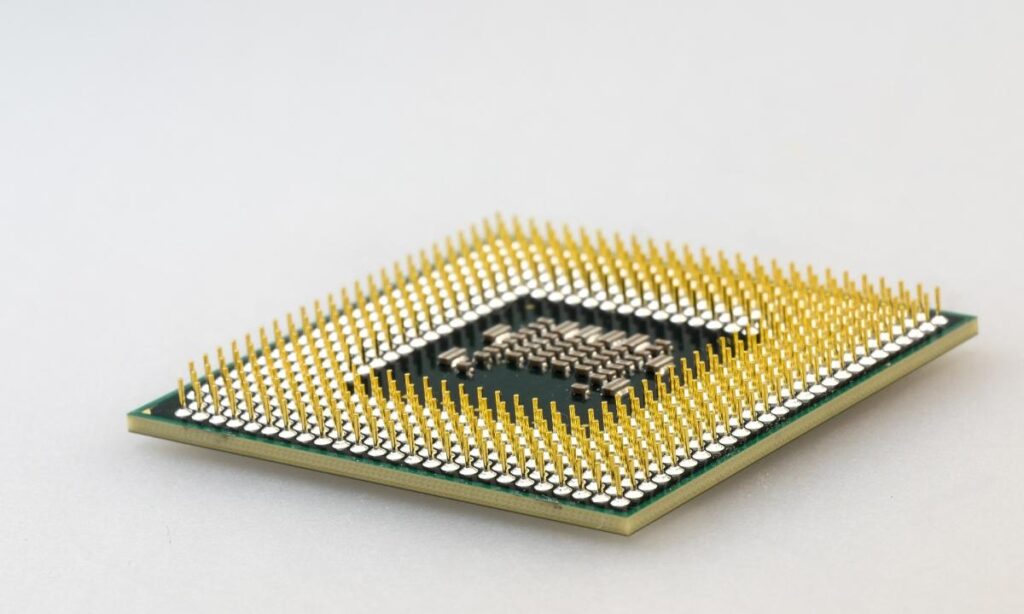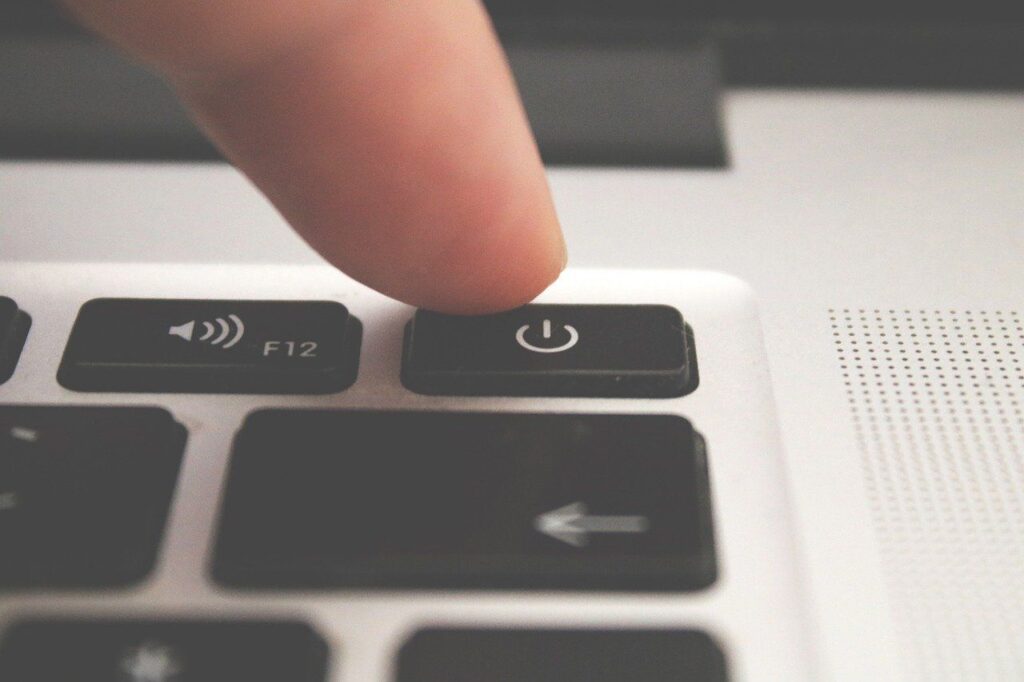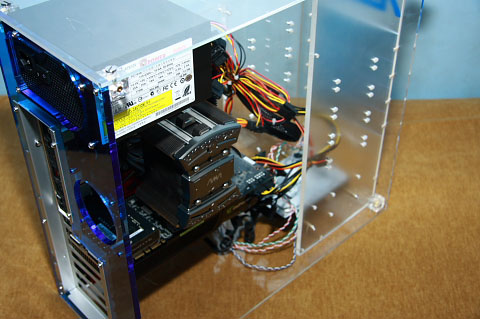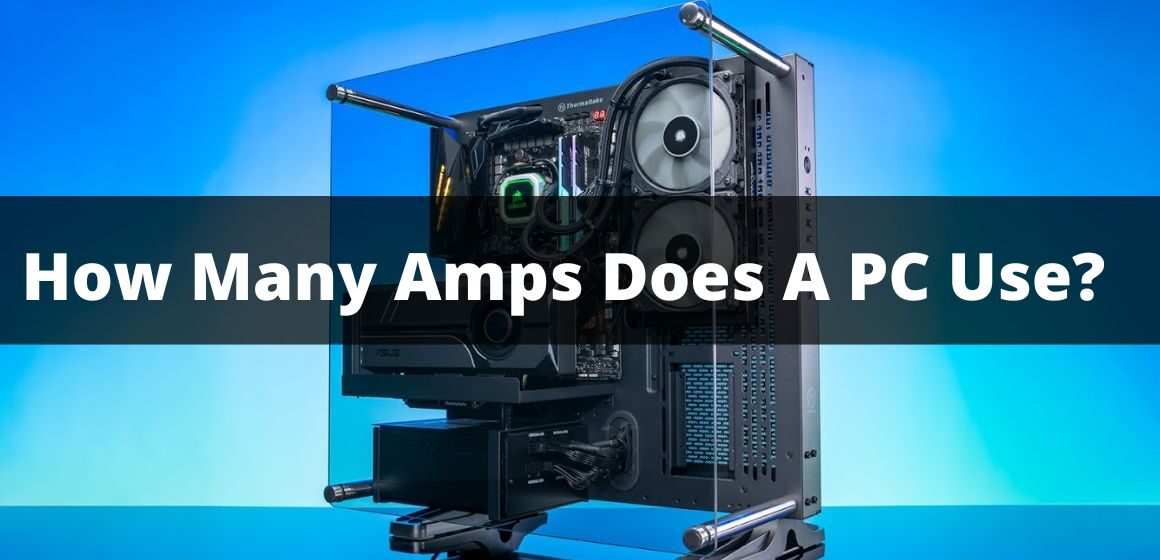A personal computer (P.C.) is a multi-purpose electronic computer whose size, capabilities, and price make it feasible for individual use.
P.C.s are intended to be operated directly by an end-user rather than a computer expert or technician.
If you have a standard U.S. household outlet, which is 120 volts, then your computer is drawing between 5 and 3 amps.
Most P.C.s have a power supply unit (PSU) built into the case, which provides power to the motherboard, drives, and peripherals.
Most personal computers use between 60 and 300 watts of power, with the majority using between 80 and 200 watts.
The power usage of a P.C. depends on many factors, including the type of CPU.
The number of hard drives, the number of optical drives, and if additional devices are attached. Most monitors use between 15 and 40 watts.
P.C.s are intended to be operated directly by an end-user rather than a computer expert or technician.
If you have numerous devices plugged into your computer, the total amperage draw will be the sum of all the devices.
How Many Amps Does A Gaming PC Use?
P.C.s are known for their powerful graphics and gaming capabilities. However, not all P.C.s are created equal when it comes to graphics.

Some P.C. gaming rigs use more power than others, which can decide what games you can play comfortably.
The power a P.C. uses is measured in watts or amps. Here’s a look at how many amps a typical gaming P.C. uses:
Gaming P.C. will typically use between 1 and 6 amps of power.
Generally, a gaming P.C. will use more power than a laptop but less power than an average desktop.
Many factors affect how much power a P.C. uses, including the graphics card, processor, and motherboard.
Some popular gaming P.C. power supplies range from 700W to 1000W.
Gaming P.C.s typically use more power than your average laptop or computer.
They require more juice to run the more powerful graphics cards, processors, and other components.
That’s why gaming P.C.s tend to be built with many power resources.
For example, a mid-range gaming P.C. might require a 700-watt power supply, while a high-end gaming P.C. might require an 850-watt power supply.
A gaming P.C. is generally built with a lot of processing power, which allows the user to play games at high settings and resolutions.
For most gamers, the more influential the P.C., the better. However, not all gaming P.C.s use the same amount of power.
How Much Current Does A CPU Use?
CPUs use a variety of current to operate. Low-power CPUs, such as the Intel Atom, use minimal current and are used in small devices.
More power-hungry CPUs, such as the Intel Core i7, draw more current. CPUs also use current to communicate with other devices in the system.

CPUs use D.C. current to turn on and off switches and gates to perform calculations.
This current type is also used to read data from memory and send it to the processors.
Well, it relies on the CPU and operating system used, but an Intel Core i7-3770K processor generally uses about 115 watts of power when active.
AMD FX-8350 processor uses about 175 watts of power when active. A CPU will use around 60-65 amps of power which is a lot.
CPUs use various technologies to convert electrical energy into instructions that the CPU can process.
Modern CPUs use two basic types of technology – integrated circuits (I.C.s) and microprocessors.
An I.C. is a single chip containing many processing units.
While a microprocessor is a single chip with one or more cores that performs the same function as multiple I.C.s.
Is It OK To Leave Your Computer On 24/7?
According to experts, always leaving your computer on isn’t the best idea. They say leaving your computer on 24 7 can damage it over time.

They argue that occasionally turning off your computer can save it from being damaged by the CPU and brutal drive heat.
But if you are going to use the P.C., you can put it on Sleep Mode, but if you are not going to use it until the next day, you need to turn it off.
However, leaving a computer on without a break can lead to problems down the road.
A computer’s hard drive runs out of space over time, and if it’s constantly being accessed, the drive will start to fill up quickly.
This can cause your computer to crash or slow down, which is never desirable.
Computers have become indispensable tools in many people’s lives. Many people use their computers for work, entertainment, and relaxation.
Does A PC Use More Electricity Than A Laptop?
In recent years, laptop computers have become more popular than desktop computers.
This is partly because laptops use less electricity than desktop computers.

However, this doesn’t mean that a laptop uses less electricity than a P.C. In fact, a P.C. uses more electricity than a laptop.
The study, conducted by the University of California at Berkeley, found that a P.C. uses an average of 3.5 watts while a laptop uses 1.2 watts.
Laptops typically use less electricity due to their smaller size and lighter weight.
Additionally, some laptops have special power-saving features that can reduce their energy consumption.
While it is true that a laptop uses less electricity than a P.C., this does not necessarily mean that a P.C. uses more electricity overall.
Factors such as the age and type of battery in each device can affect how much power each consumes.
It is also essential to consider the usage habits of each device, as different activities will use more or less energy relying on the task.
Also, laptops generally have a smaller screen and lower resolution than desktops, requiring less power to render pictures or videos.
Many laptops use more powerful graphics cards and other hardware than PCs.
Articles You Might Be Interested In
Top 8 Technologies that Companies are using to modernize their IT

